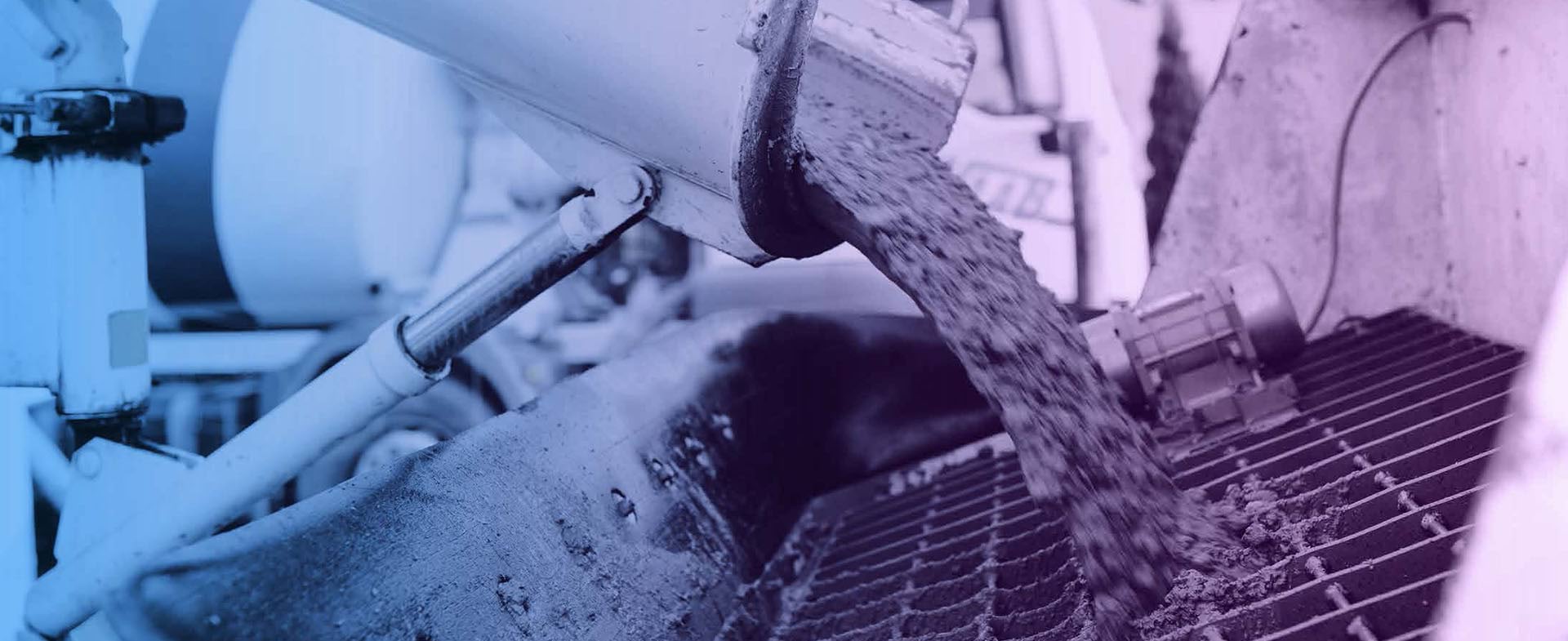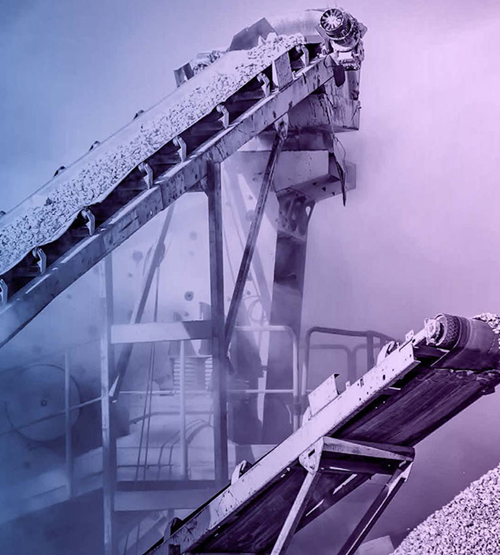

Mapecube’s steady rise in the USA: performance, sustainability, and market readiness
How Mapei’s Mapecube admixtures are driving low-carbon innovation and performance in the U.S. concrete industry.
Three representatives from Mapei Corporation’s Concrete Admixtures division discuss the growing success of the Mapecube range, part of the CUBE system, highlighting how it supports low-carbon concrete production, enhances performance with blended cements, and meets evolving sustainability targets across the local construction industry

Mapei Corporation has recently seen a significant increase in sales of Mapecube admixtures across the U.S. market. In your view, what have been the key factors behind this success?
Gerald LaPier: More specification requiring sustainable concrete solutions are the main driver. As well, the salesmen are finding additional value propositions to propose Mapecube solutions such as cement reduction to reduce cracking and as a finishing aid by adding water to a mix but keeping the same strength.
Claudio Genoria: The key factor here is sustainability in the construction industry. Recently, there has been an increased specification of carbon footprint limits, which translates into low-carbon concrete (LCC) mixes with an increased use of supplementary or blended cement. While the use of blended cements complies with the objective of reducing CO₂ emissions, it has, on the other hand, challenged the industry with higher water demand and more rapid slump loss. CUBE system technologies enable higher water content without negatively impacting the ultimate performance of concrete.
Which specific technical advantages have customers appreciated the most? Can you share how these admixtures have helped them overcome relevant challenges in concrete production?
Claudio Genoria: The CUBE technology is being used as an insurance of performance, no matter what type of cement blend or cementitious replacement. Also, it is used for more radical applications, like for instance the Roosevelt Library in North Dakota, where strict ranges of carbon emissions were specified for the construction materials. And all in all, the CUBE system makes for a higher concrete performance, faster development of strengths, more durability.
Andrew Fulkerson: Customers have seen Mapei and the Mapecube range of products as a resource to solve problems they have incurred with the increased use of Portland Type 1L cement. The Mapecube 60 and Mapecube 60W admixtures offer superior strength enhancement when used with Type 1L cement. We have even conducted testing to showcase the reduction of up to 50 lb. (22.68 kg) of Type 1L cement and achieving higher compressive strengths. This is a strong message to projects requiring EPD (Environmental Product Declaration) or a large sustainable impact.
In which segments or geographic areas of the U.S. market do you see the greatest potential for Mapecube’s technical performance to be fully leveraged?

Looking ahead, how do you envision the role of Mapecube evolving in the American market over the next few years? Are there emerging trends you’re particularly confident in?
Andrew Fulkerson: As the market learns more of the chemical features of the Mapecube product offering, I feel that there is a wide array of uses and advantages to the US concrete producers.
Claudio Genoria: While Mapei is growing its presence in North America's concrete industry, with a footprint that now extends from coast to coast, CUBE system is a key offering. The goal of sustainability is here to stay, and we need to provide ever more effective solutions. We are now looking forward to enhancing the Mapecube GEO technology, which will enable us to maximise the use of slag in concrete to the extent that we will be able to manufacture geopolymer concrete with only slag and no clinker. This will give us a competitive edge in our pursuit of sustainability and innovation.















